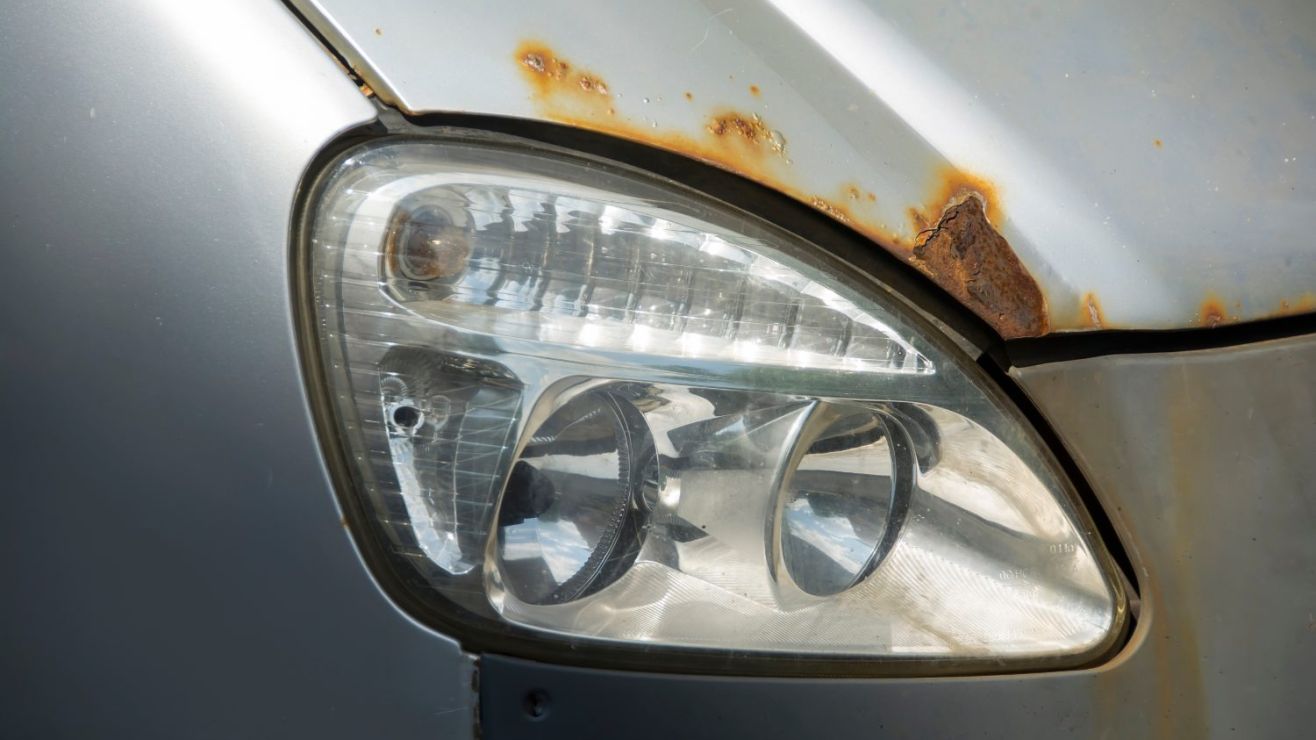Preventive maintenance goes a long way in preventing rust, as repairs can be very costly.
Keeping your car in excellent condition is not a simple task, especially when it comes to taking care of rust, since it is a problem that inevitably occurs with the passage of time, however, it can be delayed with proper care.
There are different degrees of rust in a car. Some cases have quick solutions, while others may require a major repair.
What is rust and how does it damage the car body?
Iron rust is caused by bare metal that is exposed to oxygen. As a result, the metal takes on a brown and red appearance, and can eventually lose its structural integrity and deteriorate, becoming brittle and flaky.
Rust can corrode the metal of your vehicle’s body and frame and lead to some serious structural repairs. A rusted fender could mean shelling out cash for a replacement, while the cost of repairing the rust inside the frame or unibody can easily exceed the value of the vehicle.
It is important to remove excess dirt from the fender to avoid generating rust.
Since rust on a vehicle can vary in severity, the repair process varies accordingly. Due to the specialized nature of rust repair, it is recommended that you take your vehicle to a professional body shop for any level of repair.
How to prevent rust on your car
If you’ve been wondering what you can do to prevent rust from invading your car, here are some suggestions that may be helpful in avoiding this annoying problem.
1. Wash your vehicle regularly, especially if you drive on salted roads or live near the ocean.
2. Have your vehicle’s exterior waxed or tiled regularly.
3. Apply touch-up paint to any sections where bare metal is exposed.
4. Replace worn insulation, such as on the vehicle’s windows, doors and trunk.
5. Make sure drain holes in the body or sunroof are free of debris.
6. Park your car in a covered and dry place.
7. Apply a base coat to the undercarriage of the vehicle.
How to repair rust on a car?
. Light surface rust
For cases of light surface rust where the metal has only cosmetic flaws, the repair process begins by sanding or grinding away the surface corrosion to expose the clean metal underneath. Once the clean metal is exposed and free of corrosion, the area is ready for painting.
After cleaning the surface, the area is first sprayed with a primer to prevent rusting of the bare metal. Once the primed area has dried, the surface is painted with the body color and finally a clear coat can be applied, if the vehicle has one.
. Medium rust that can be combated with chemicals
When the rust has gone beyond mere surface corrosion, you may consider using a chemical rust converter. These products are designed to chemically convert the rust to an inert material. Once the rust remover has finished acting on the surface, the affected area will generally have a flat black appearance that is ready to be painted.
. Metal Replacement
If ignored for too long, rust can make a metal surface insurmountable. In these cases, the rusted section of metal must be cut away and a new replacement panel welded in its place. Once this step is completed, painting can begin.
Rust repair is something you can do on your own, but it is recommended that you consult a specialist.

